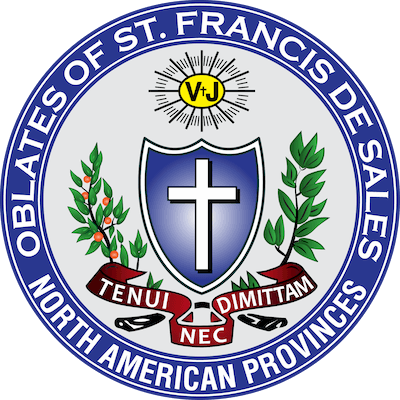My Grandmother always told me that Lent ended at noon on Holy Saturday. I never understood what she meant until I found out that the Easter “Vigil” Mass was celebrated in the morning on Holy Saturday. When the church bells rang at noon on the day before Easter Sunday, it signaled to children all over the neighborhood that they could break their fast and indulge in whatever treats they had given up for the last forty days.
In 1955, this all changed. This was the year that Pope Pius XII reformed the prayers and rites of Holy Week. The main difference for most Catholics was the change in the times of Mass. The Mass of the Lord’s Supper on Holy Thursday was moved to the evening. The Good Friday liturgy was moved to the afternoon and the Easter Vigil was restored to the night of Holy Saturday. All of this was done to place the services into their “proper” time and to replicate more closely the historical events of that first Holy Week.
I know some “morning people” do not always look forward to all of the evening events of Holy Week. Participating in the Sacred Triduum may necessitate a change in their schedule and a shift in their sleep patterns. But for “night owls” like me, praying, worshiping, and celebrating in the evening is a wonderful way to connect with the “God of day and God of darkness.”
“The Easter Triduum, in both ritual and time, tells us that the key story of our faith takes place in darkness. ”
In our society and in our Church, we often use the images of light and darkness to distinguish between good and evil. The Bible is filled with images to support this idea. The mystery of the Incarnation and the Christmas season continually remind us that “the light shines in the darkness, and the darkness has not overcome it (John 1:5).” Yet, there are also instances in the Scriptures and in tradition where darkness is seen as good and even necessary. In the Book of Kings, the great King Solomon tells the people that “the Lord has said he would dwell in a thick cloud of darkness (I Kings 8:12).”
St. John of the Cross, the 16th-century Spanish Carmelite priest, wrote extensively about the transformative power of holy darkness and the “dark night of the soul.” This spiritual Doctor of the Church reminds us that the struggles and problems of life, the feeling of being disconnected from God (“spiritual darkness”) can lead us to great spiritual growth and to God’s mercy, love, and forgiveness. As He did at creation, God works through the dark, sacred night and leads us to light.
At the Great Vigil of Easter, in the middle of a dark church, the proclamation known as the “Exsultet” is chanted around the world. Throughout the hymn, the cantor tells us “This is the night!” Again and again, the beauty of this night, the power of this night, is extolled and celebrated.
The Easter Triduum, in both ritual and time, tells us that the key story of our faith takes place in darkness. But perhaps more than anything, the evening masses, moments, and movements of these next few days point us toward a God who is present and active in all times, places, and circumstances.
Fr. Jack Kolodziej, OSFS
Provincial
Wilmington-Philadelphia Province





